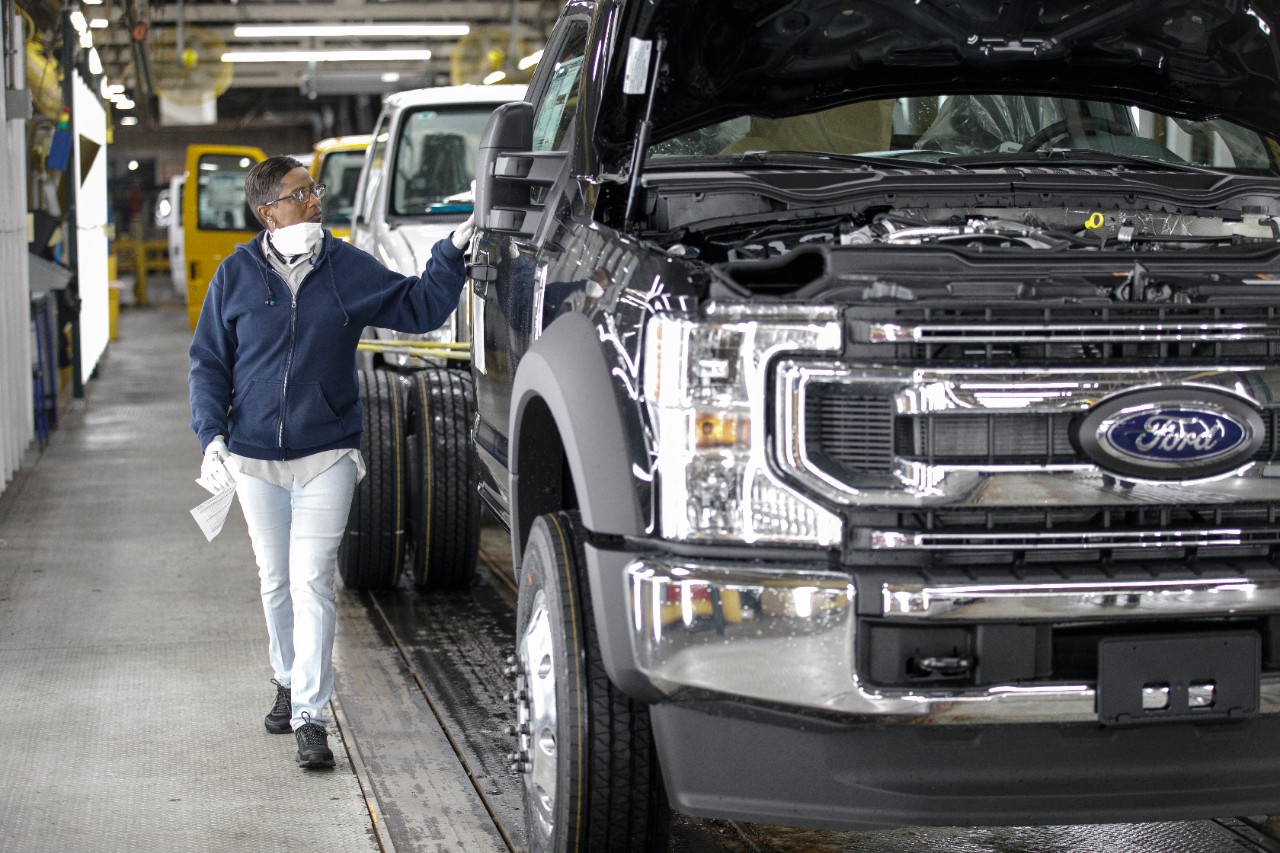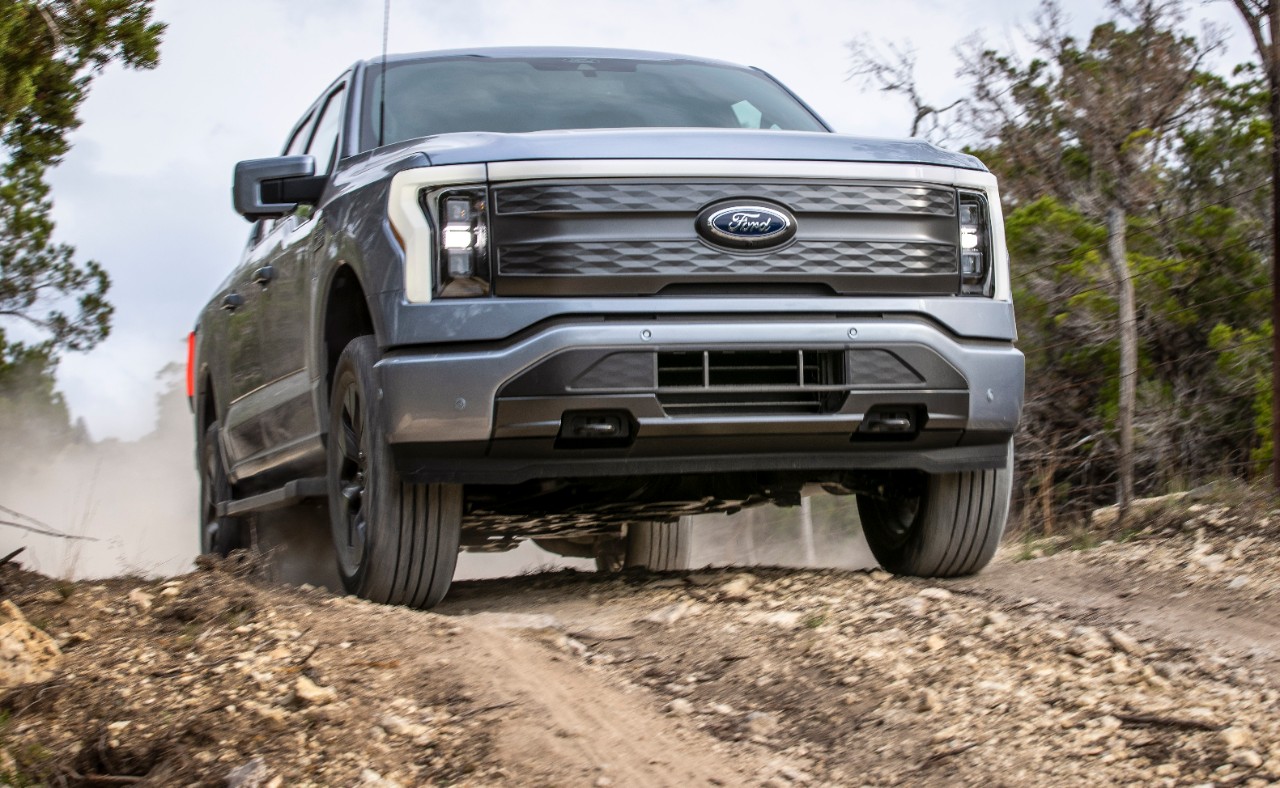High dividend yields are harder to find lately, given the long-running stock market rally. But that scarcity doesn't mean investors have to sacrifice quality to stretch for higher income rates.
Below, we'll look at a few dividend stocks that pay over 5% today, but still look attractive as business investments. Read on to see why Ford (F +1.13%), AbbVie (ABBV +1.80%), and Six Flags (SIX +0.00%) all deserve a spot on your income watchlist.

Image source: Getty Images.
A cheap, juicy dividend stock
Daniel Miller (Ford Motor Company): It's been a bumpy road for Ford investors over the past couple of years as the company failed to capitalize on the momentum it gained in the years following the past recession. While new-vehicle sales in North America have plateaued, and sales growth in China has also slumped, Ford trades at a cheap P/E of 13 -- suggesting much of the negativity is priced in -- and offers investors a valuable 5.74% dividend yield.
Investors and analysts were frustrated with Ford's lack of a timely, concise, and compelling turnaround plan, but that doesn't mean management wasn't trying to fix the company's problems. Ford reduced its vehicle complexity, prioritized higher-margin markets, reduced structural costs, and improved or eliminated unprofitable products.
In China, where Ford has really struggled over the past year, it developed plans to launch more than 50 new products by 2025.
And on Monday, May 20, the company announced it would part ways with 7,000 white-collar workers globally, roughly 10% of its global workforce. The move will save roughly $600 million annually. And while layoffs are never an enjoyable topic, for investors it shows the company is trying to reduce bureaucracy and improve decision-making, along with cutting costs.
That 5.74% dividend yield is enticing, especially if much of the negativity is priced into the stock, but long-term investors will need to see a compelling strategy with driverless vehicles, smart mobility projects, and electrified vehicles. So far, Ford appears a step behind crosstown rival General Motors in those key projects. Although Ford's recent $500 million investment in start-up Rivian -- a partnership to build an all-new battery electric vehicle on Rivian's flexible platform -- is a glimmer of hope that the automaker is about to double down on developing the future products it needs.
If Ford can indeed catch GM with driverless and electric vehicle technology, while continuing to produce in-demand and highly profitable trucks and SUVs, it's an enticing dividend stock to own.
No love for this big pharma company
Nicholas Rossolillo (AbbVie): The first quarter of 2019 was just OK for AbbVie. Investors have grown accustomed to double-digit growth since the pharmaceuticals company was spun off of Abbott Laboratories in 2013, so the 1.3% year-over-year decline in revenue and 5.2% decline in earnings wasn't exactly exciting news.
The challenges for AbbVie surround its marquee autoimmune disorder treatment Humira, which is facing competition from biosimilar treatments overseas after its patent expired. As a result, AbbVie's stock has fallen 18% since the start of 2018 and over 30% from its all-time high. The upshot is that shares are now yielding a cool 5.4% annually.
But AbbVie is more than a simple dividend play. The next few years could be challenging as the biopharmaceutical company works to diversify its sales to supplement Humira. AbbVie has a promising pipeline -- including a new treatment for rheumatoid arthritis that could surpass Humira's results in that fight. On the financial front, things don't look so bad, either. Adjusted earnings are expected to rise this year by double digits, and rose 14.4% during the first quarter in spite of lackluster sales.
AbbVie's days of blockbuster sales are over for the time being, but the stock is far from dead. While investors wait for a rebound in revenue, a dividend north of 5% is a pretty good consolation prize.
Strap in and enjoy the ride
Demitri Kalogeropoulos (Six Flags): Regional theme park specialist Six Flags represents an attractive buy for income investors. In 2018, the company logged its 10th straight year of record operating results, and yet it still pays a hefty dividend that right now yields over 6%.

Image source: Getty Images.
Theme park businesses have a few risks that are important to understand before considering owning a company like Six Flags or its rival Cedar Fair. Operating results tend to drop, but not crater, during economic downturns, and there's intense seasonality that can make it hard to predict sales in any given year. A full 75% of Six Flags' revenue comes in the second and third quarters around the summer season in North America, and poor weather or competitive challenges in that short window can have an outsize influence on full-year results.
But Six Flags has navigated those challenges well in the past decade. Improved guest experiences have helped it win more season-pass sales, and per capita park spending reached new highs. Membership programs account for just 20% of ticket revenue today, leaving plenty of room for growth. Finally, management is excited about long-term licensing opportunities in emerging markets, which today barely move the needle at 3% of revenue. Put together, these options give Six Flags many avenues toward expanding the business over the next few years.







